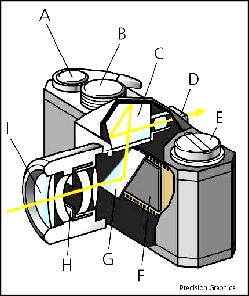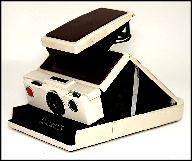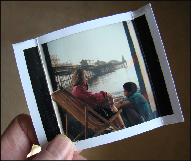

29th May 2008
The Compact camera
( Sometimes ‘fixed focus - early versions) Usually auto-focus, rangefinder or ‘simple viewfinder’ - A separate small ‘view-only’ lens
( Sometimes ‘fixed focus -
|
A
|
Small -
|
|
B
|
Initially used with 35 mm film and now digital
|
|
C
|
Simple operation -
|
|
D
|
|
E
|
Cheap designs -
|
|
F
|
Injection moulded -
|
electronic version that is simply connected to two different places - the viewfinder’ window or the LCD display area - through which the image is also viewed. Some cameras use ‘Through-the-lens’ viewing but in others a live LCD display is be used.
* The exposure, focus and shutter are automatic
* The storage media can be removed
* Images can be deleted immediately after review
* Images cane be altered in camera using software
* Images can be sent electronically -eg. e-mail, phones
* Resolution limited by the pixels in CCD/CMOS array
* Composite strong bodies - ergonomic - varied prices
* The exposure, focus and shutter are automatic
* The storage media can be removed
* Images can be deleted immediately after review
* Images cane be altered in camera using software
* Images can be sent electronically -
* Resolution limited by the pixels in CCD/CMOS array
* Composite strong bodies -
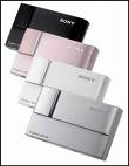
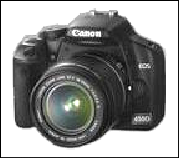
So a quick round-

Help with your project topics – IF IN DOUBT ASK !

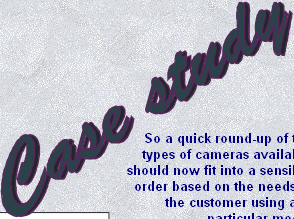

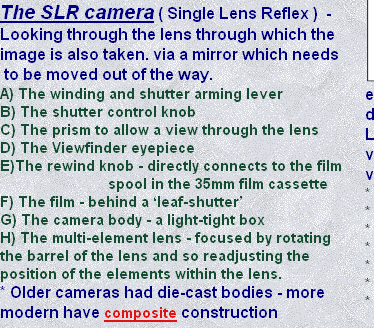
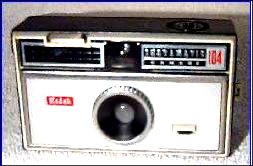

The ‘Polaroid’ camera
No longer made - Provided ‘Instant’ pictures
(10 seconds for B&W - 60 seconds for Colour)
No longer made -
(10 seconds for B&W -
|
A
|
Often folding (SX70) -
|
|
B
|
Avoided the need for processing & printing delays
|
|
C
|
Disadvantage -
|
|
D
|
Disadvantage-
|
The ‘Single-use’ camera
Cheap and easy to buy - film can be separate or may be part of a return-the-camera arrangement
Cheap and easy to buy -
|
A
|
At first glance -
|
|
B
|
Recycled material schemes giving about 65% efficiency of plastics re-
|



# 8 of 12 pages

